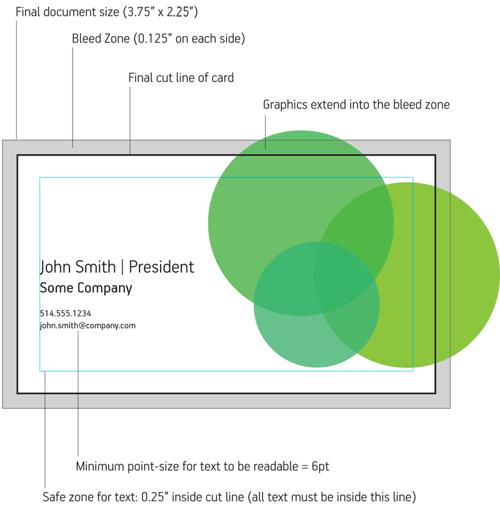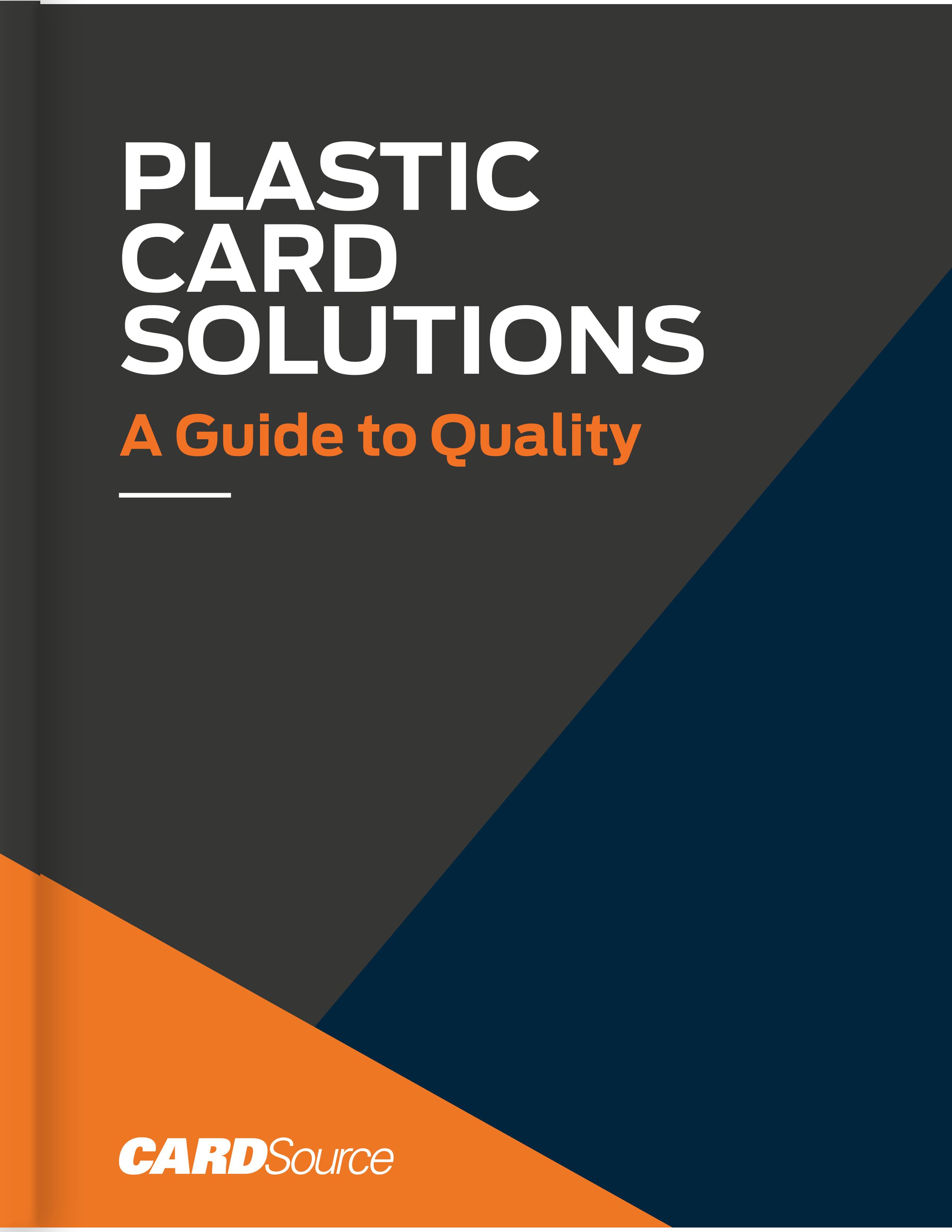Print ready artwork is defined as a file that can be used, as submitted, by a commercial printer to create the desired print materials. These types of files have to be the correct file type, resolution, and dimensions for the final product. Use these simple guidelines to ensure that your artwork is 100% print ready before you submit it.
Use The Correct File Type
Check with your print partner to see what file type they would prefer. Most printers support:
- Photoshop
- Illustrator
- InDesign
- Acrobat
If you do not have the original working file; editable and layered PDF files can be used. JPGs, PNGs, TIFFs or any other file type is not recommended as they are not as compatible for printing and editing.
Artwork Preparation
Prepare artwork to the correct size, include all embedded graphics and outlined text. Keep all critical text and logos inside the Safe Design Area (1/8" inside the die line on all templates). Dimensions for each card type is also shown online in our templates.
Resolution
Make sure that the artwork you are submitting is at least 300 dpi when shown at 100%. It should be no higher than 450 dpi. Both lower images as well as higher images will result in poor print quality. If you are unsure of the image's quality, send it in to your print partner to have them confirm quality prior to officially placing the order.
Don't Forget Your Bleeds
Creating your project to include bleeds ensures that you won't have any white margins around your artwork. Make sure your colors and images reach the bleed line so your project will be printed and cut as expected. Allow 1/8” over cut lines for bleed images on all card types.

Diagram from : http://www.appletreeprinting.ca/blog/bleed-guidelines-for-printing/
Use the Correct Color Build
All colors need to be CMYK defined (do not use RGB colors). All printers use CMYK, so if you're building your artwork in RGB the colors will likely change when they're converted into CYMK. The color conversation process can have an effect on the color itself as CMYK and RGB are two separate builds of colors and do not necessarily correlate with one another.
Sending Your Fonts and Images
You can send your fonts and images in three different ways:
- Package your artwork and send the entire packaged file
- Send the fonts and images with your artwork
- Convert your text to outlines
Learn how to convert your text to outlines by watching this quick tutorial:
We do not recommend sending any images that you have embedded within an email because it will lose its resolution. Always attach the artwork to the email or upload the artwork using your printer partner's system.
Making sure that your artwork is print ready before submitting it is setting up your project for success. Talk to your print partner if you have any questions on what correct file type and size for your project. We are always here to ensure that your cards turn out exactly the way you have been imagining!



